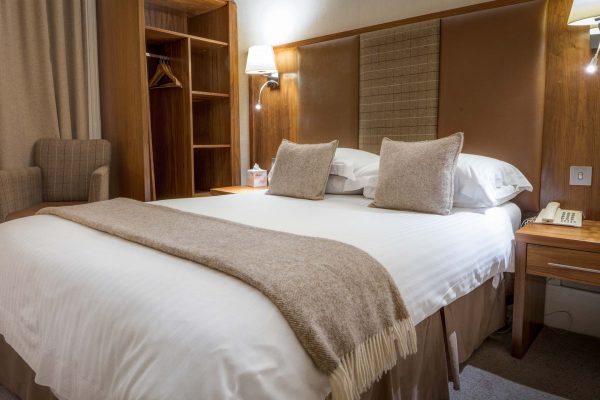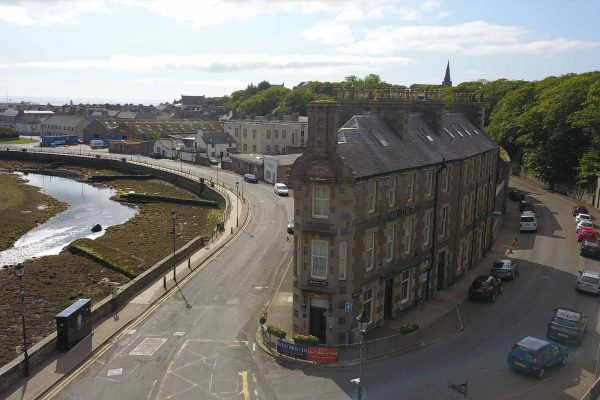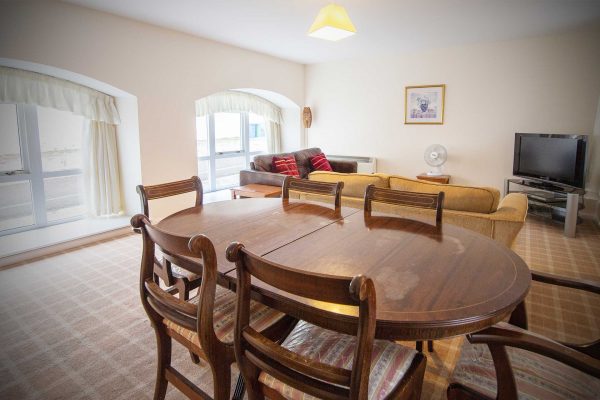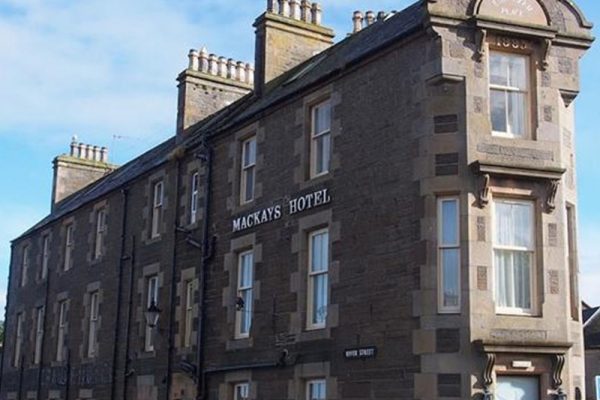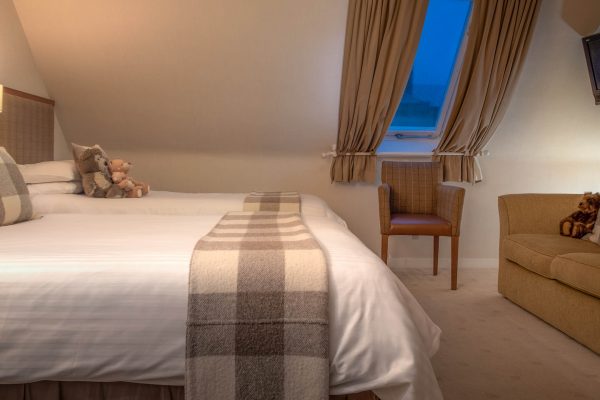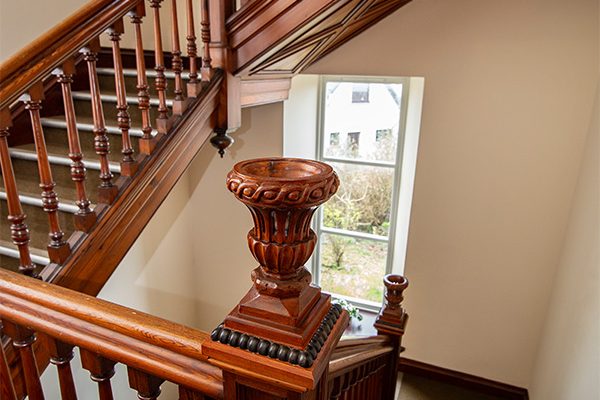Discover Caithness, Scotland’s Northern Gem
Nestled on the northeasterly coast of Scotland, Caithness is bursting with history, attracting visitors from all over the world. Get ready for a journey through Caithness’s history. You’ll discover fascinating stories and traditions that bring this ancient land to life.
The history of Caithness
Caithness history predates written records, with evidence of Iron Age activity found in the parish. Particularly at the hill fort of Garrywhin. Archaeological discoveries in 1837 unearthed artefacts such as brooches and bracelets, showing that there was Norse influence on the region. Wick and Thurso are the main settlements in Caithness. Both are based around harbours and make their living on a mix of fishing and tourism. The name “Wick” is believed to have Norse origins, stemming from the word ‘vik’, meaning bay.
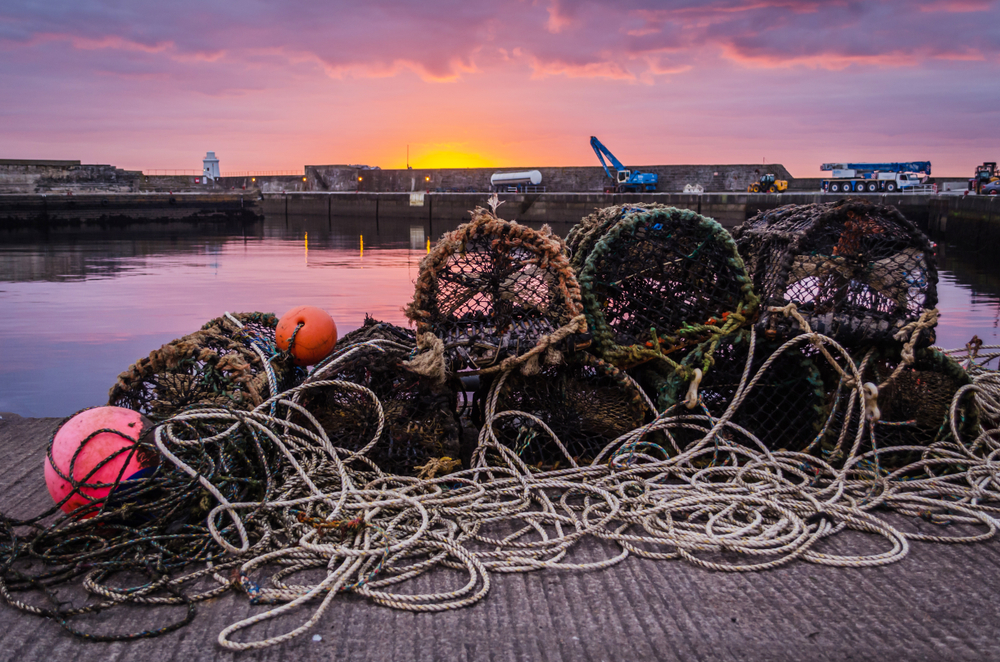
Early christian heritage
In the 8th century, Caithness had the arrival of Irish missionaries like Saint Fergus and Saint Drostan, who spread Christianity through Caithness. The Chapel of St. Tear founded by St. Drostan, stands as a testament to Caithness’s early Christian heritage. The Hill o’Many Stanes is another historic site and is made up of a collection of 200 stones that run along the hillside in 22 rows. Historic investigations suggest they could have been there for over 4,000 years.
Ancient burial sites
People widely recognise Caithness for its ancient burial sites. The Grey Cairns of Camster, two Neolithic tombs constructed over 5,000 years ago, offer a fascinating glimpse into ancient burial customs. These cairns, reconstructed in modern times, predate the Pyramids in Egypt, showcasing the region’s rich history dating back millennia.
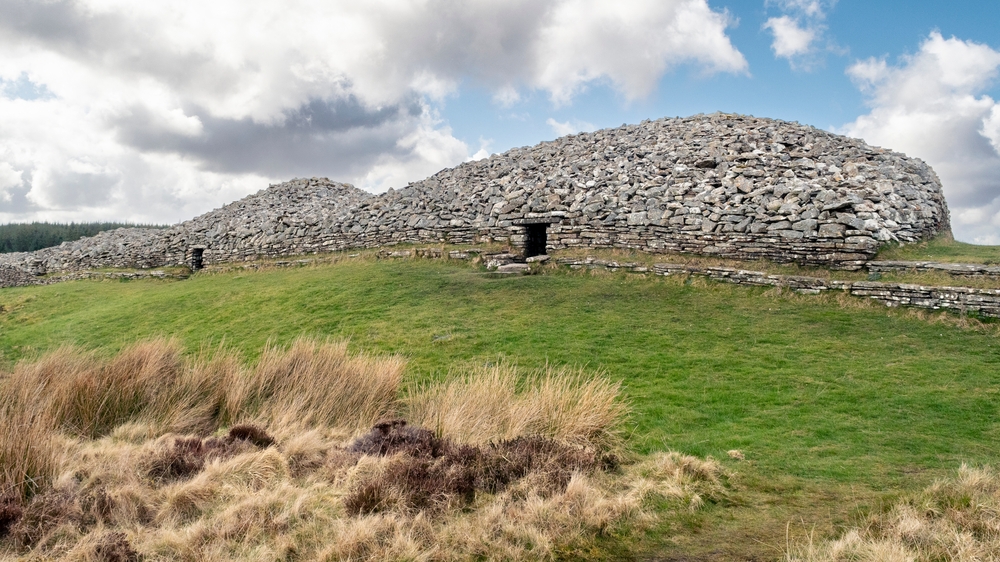
Castles and Clans
Caithness is full of medieval history, from the rise of families like the Sinclairs and the Campbells. Caithness is home to many castles in the region the best known is the Castle of Mey. The castle’s recent history began when Queen Elizabeth II’s mother bought it in 1952. Over the next 40 or so years she set about restoring the house and gardens, creating a landscape for everyone to enjoy. Castles like Castle Sinclair Girnigoe still stand today, with its history of knights and medieval adventures. When you visit a castle like this, you will feel like you’ve travelled back in time to medieval Scotland.
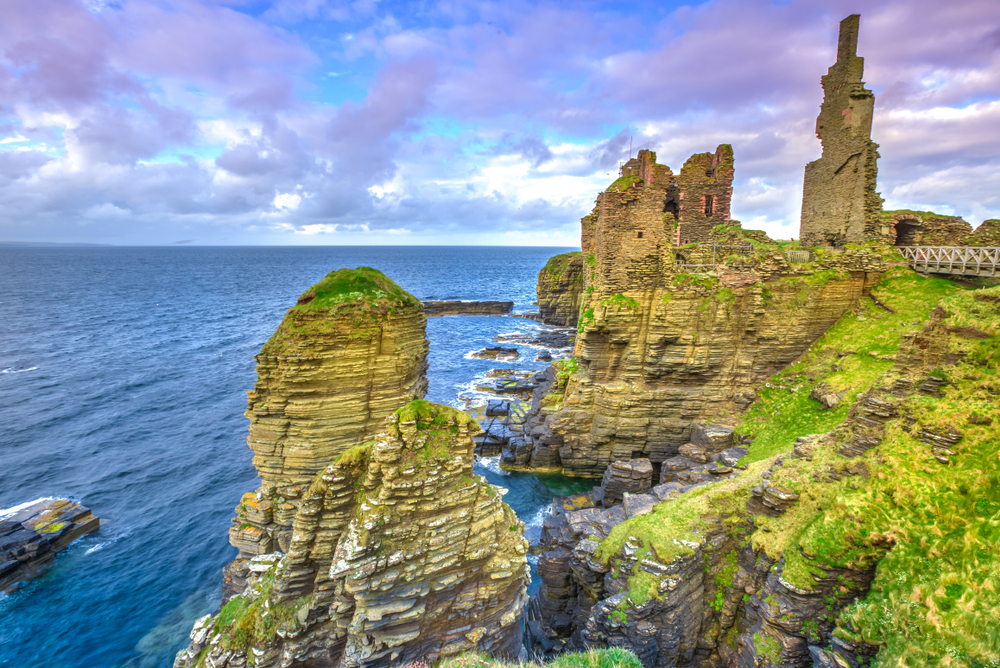
Industrial heritage
In more recent times, Caithness has had significant industrial developments. From its role in the textile industry to tourism as a driving force in the local economy. Visitors can trace the region’s history through landmarks like the Old Pulteney Distillery, which offers insights into Caithness’s whisky.
John O’Groats
John O’Groats is known as the village “At the End of the Road,” with the longest distance between itself and Lands End. The village is the start or end point for the classic challenge of the end-to-enders who attempt to cycle, walk, ride or sometimes other ways of completing a long journey between the two points.
Just a stone’s throw from John O’Groats lies the Stacks of Duncansbay. This offers amazing scenic cliffs and a chance to witness puffins in their natural habitat. This is a great spot for nature lovers and photographers.
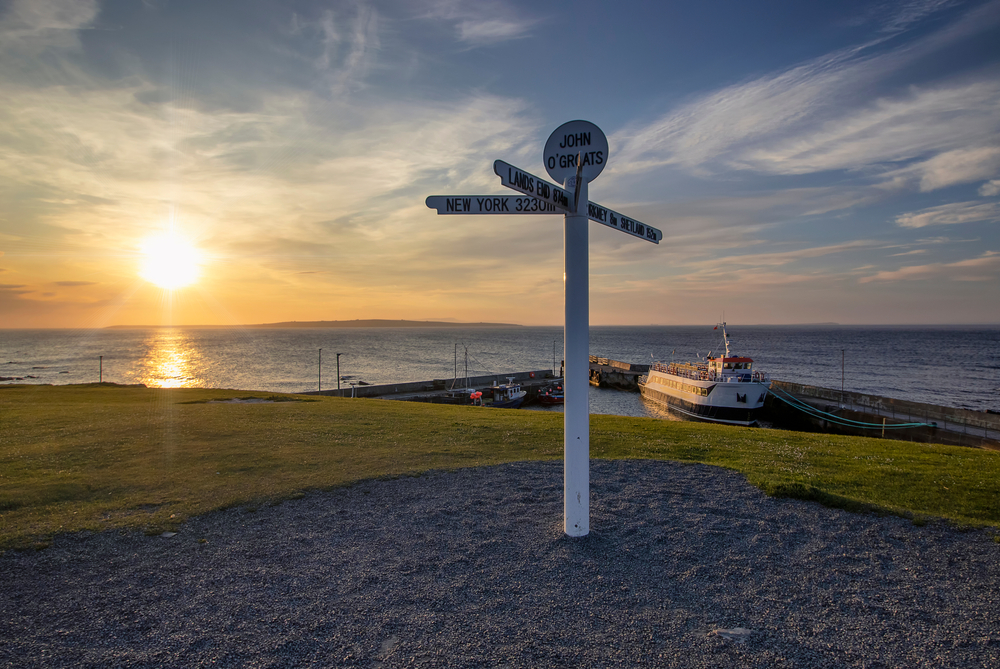
Where to stay
So, book your break at Mackays Hotel and explore Wick and Caithness. It’s easy to get to Wick by plane, train, bus it car. You can start your research right now with our guide to history and heritage in Caithness.
Book Now

